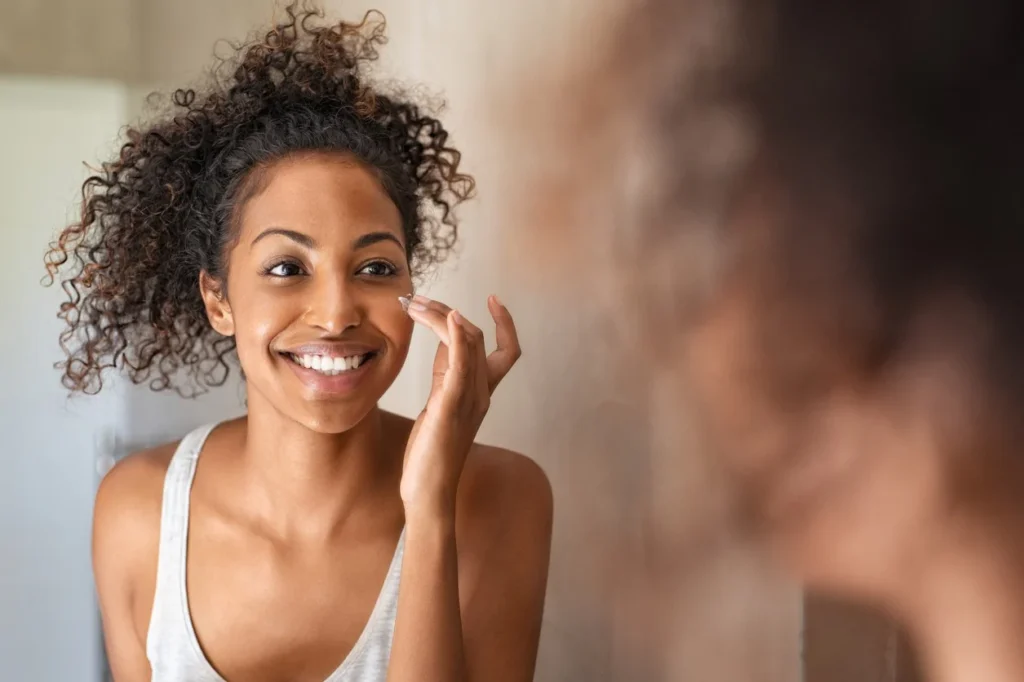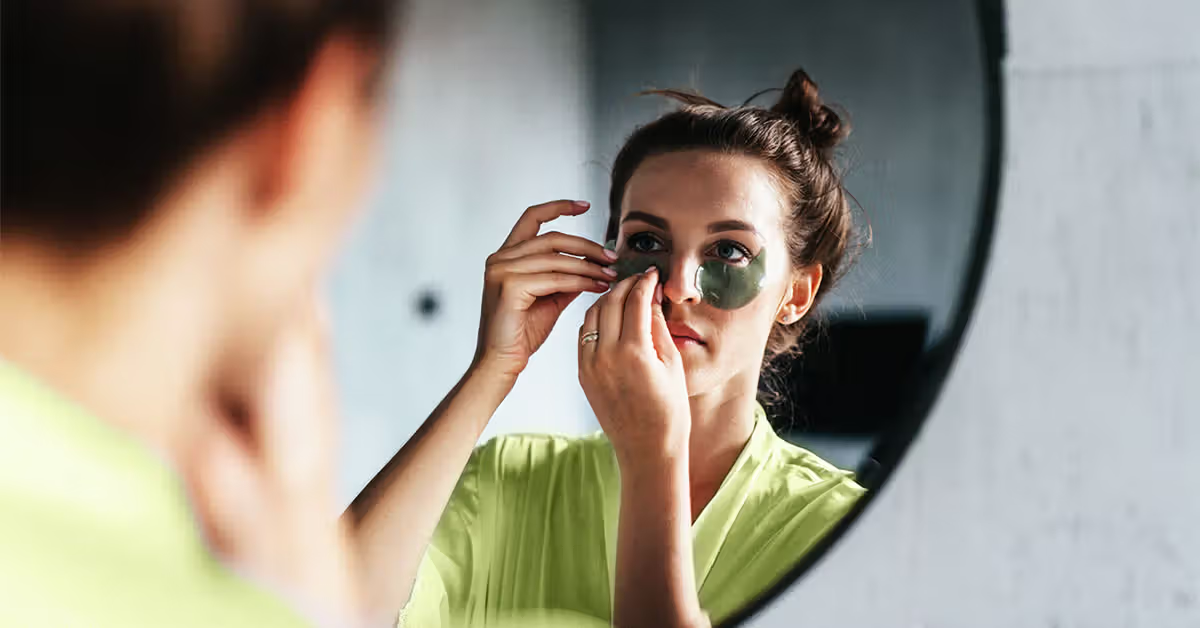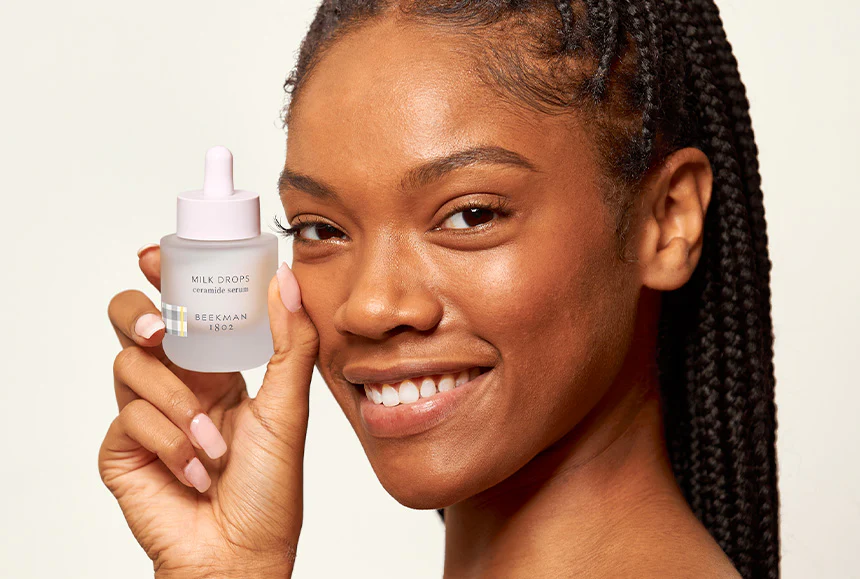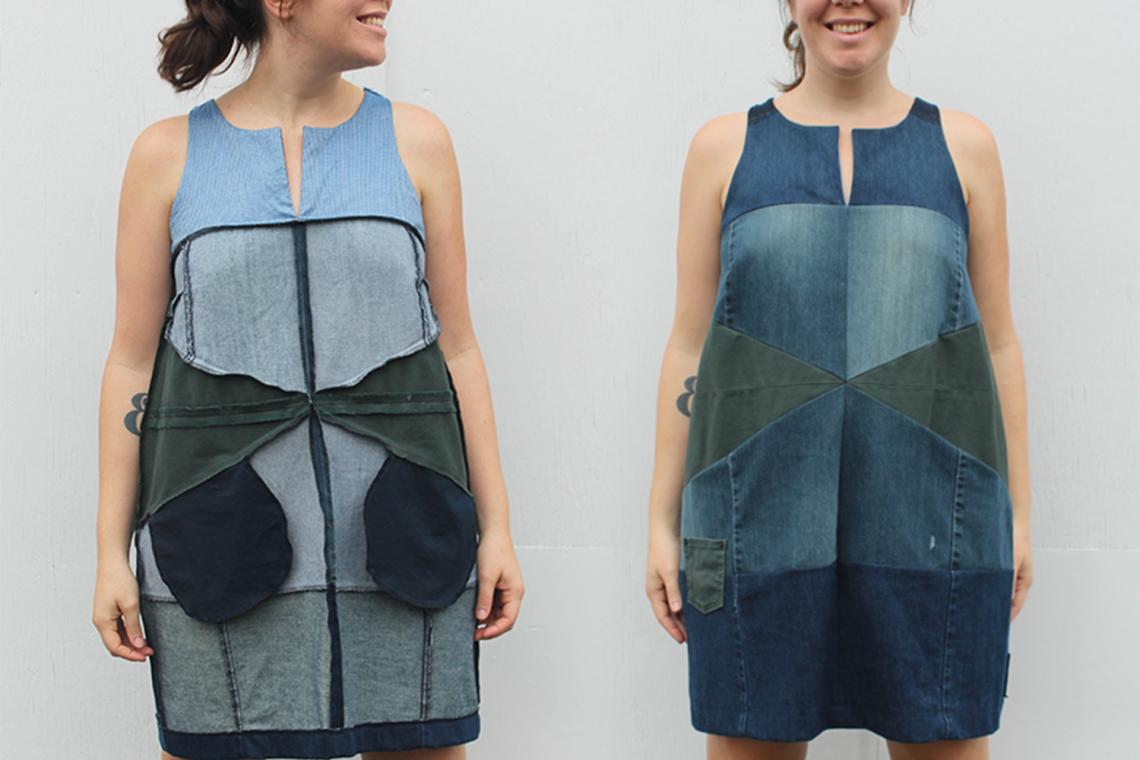The beauty industry has undergone a major transformation over the last decade. As consumers become more conscious of what goes into the products they use daily, a significant shift toward clean beauty has emerged. But what exactly does “clean beauty” mean? Why is it gaining so much attention, and how can you make informed choices for your skincare and makeup routines?
In this guide, we’ll explore everything you need to know about clean beauty—from its definition and benefits to how you can transition your beauty regimen to cleaner, safer options.
What Is Clean Beauty?
Clean beauty refers to products that are formulated without harmful or toxic ingredients. These products are created with a focus on safety, transparency, and sustainability. Unlike terms such as “natural” or “organic,” which are often loosely regulated, clean beauty is defined more by what is not included in the formulation.
Clean beauty products typically avoid ingredients such as:
- Parabens
- Phthalates
- Sulfates (like SLS and SLES)
- Synthetic fragrances
- Formaldehyde
- Mineral oil
- Chemical sunscreens like oxybenzone
Instead, these products often contain plant-based ingredients, non-toxic synthetics, and are usually cruelty-free and environmentally friendly.
Why Clean Beauty Matters
1. Health and Safety
Many conventional beauty products contain chemicals that may disrupt hormones, irritate the skin, or cause allergic reactions. Clean beauty brands focus on using ingredients that are safe for both short-term use and long-term health. This is especially important for people with sensitive skin, allergies, or underlying health concerns.
2. Environmental Impact
Clean beauty is often associated with sustainable practices, including biodegradable packaging, ethical sourcing, and reduced carbon footprints. These initiatives help minimize the environmental damage caused by traditional beauty manufacturing and disposal.
3. Ethical Consumerism
Clean beauty brands are more likely to be cruelty-free and vegan. Consumers who care about animal welfare, labor ethics, and sustainability often find that clean beauty aligns with their values.
How to Identify Clean Beauty Products
Reading ingredient labels is essential when shopping for clean beauty. Here are some steps to help you choose the right products:
1. Check the Ingredient List
Look for transparency. Brands committed to clean beauty will clearly list every ingredient and avoid vague terms like “fragrance,” which can hide hundreds of undisclosed chemicals.
2. Use Certification Tools
While clean beauty doesn’t have a universal certification, some reputable seals can guide you, such as:
- EWG Verified
- MADE SAFE
- Leaping Bunny (cruelty-free)
- USDA Organic (for organic components)
These certifications can serve as a helpful benchmark when evaluating a product’s safety and sourcing practices.
3. Research the Brand
Explore the brand’s website and mission statement. Clean beauty companies often emphasize ingredient integrity, ethical sourcing, and eco-friendly packaging.
Building a Clean Beauty Routine
Transitioning to clean beauty doesn’t have to be overwhelming. Start by replacing products as you run out of them. Focus first on items that stay on your skin the longest, such as moisturizers, serums, and foundations.
Step 1: Cleanser
Choose a gentle cleanser made from plant-based ingredients and without sulfates or synthetic fragrances. Look for soothing botanicals like chamomile, aloe vera, or green tea.
Step 2: Toner
A clean toner should be alcohol-free and packed with hydrating or balancing ingredients like rose water, witch hazel (non-alcoholic), or hyaluronic acid derived from non-toxic sources.
Step 3: Serums and Treatments
Clean beauty serums often feature active botanicals and clean synthetics that target specific concerns. Vitamin C from natural extracts or plant-derived retinol alternatives like bakuchiol are great examples.
Step 4: Moisturizer
Moisturizers in clean beauty tend to use oils like jojoba, argan, or squalane, and avoid petroleum-derived ingredients. These provide hydration without clogging pores or causing irritation.
Step 5: Makeup
Switching to clean makeup is easier than ever, with many brands offering non-toxic foundations, lipsticks, and eyeshadows. Look for mineral-based formulas and avoid products with talc, synthetic dyes, or parabens.
Step 6: Sunscreen
Choose a physical (mineral) sunscreen with zinc oxide or titanium dioxide. Avoid chemical sunscreens that contain oxybenzone or octinoxate, which are not only potentially harmful to the skin but also damaging to coral reefs.
Clean Beauty Myths and Misconceptions
Myth 1: Natural Means Safe
Not all natural ingredients are safe for your skin. Poison ivy is natural, but you wouldn’t want it in your skincare. Clean beauty is more about safety and science-backed ingredients, not just being “natural.”
Myth 2: Clean Beauty Is Less Effective
Many clean beauty products now rival or exceed the performance of conventional ones. With advancements in formulation technology, clean ingredients can deliver powerful, visible results.
Myth 3: Clean Beauty Is Always Expensive
While some clean beauty brands are premium-priced, many affordable options exist. As the market grows, accessibility is improving, and budget-friendly clean products are becoming widely available.
Tips for Transitioning to Clean Beauty
- Start Small: Replace one product at a time
- Do Your Research: Use apps or databases that evaluate product safety
- Watch for Greenwashing: Not all “natural” or “eco-friendly” claims are true
- Patch Test New Products: Clean doesn’t always mean non-irritating for everyone
- Ask Questions: Engage with brands directly or read customer reviews
Clean Beauty and Skin Sensitivity
If you have sensitive skin, clean beauty may be a game-changer. Without the added dyes, fragrances, and harsh chemicals found in many traditional products, your skin is less likely to react negatively. However, even clean ingredients can cause irritation, so always test new products carefully and listen to your skin’s response.
The Future of Clean Beauty
Clean beauty is not a passing trend. It’s a movement driven by informed consumers who demand transparency, ethics, and performance. As regulations catch up and innovation continues, clean beauty will likely become the new standard in skincare and cosmetics.
Brands are investing in biodegradable packaging, refillable containers, and lab-grown ingredients to create even more sustainable solutions. As awareness grows, expect to see greater emphasis on ingredient education and formulation transparency across the entire beauty industry.
Conclusion
Clean beauty empowers consumers to make healthier, more ethical choices for their skin and the planet. By understanding ingredient labels, supporting transparent brands, and prioritizing product safety, you can build a clean beauty routine that delivers results without compromise. Whether you’re new to the concept or already exploring non-toxic alternatives, clean beauty offers a path to skincare that aligns with both personal wellness and global responsibility.







